Home>Gardening & Outdoor>Plant Care & Gardening Tips>How To Treat Grass In Wildflower Garden
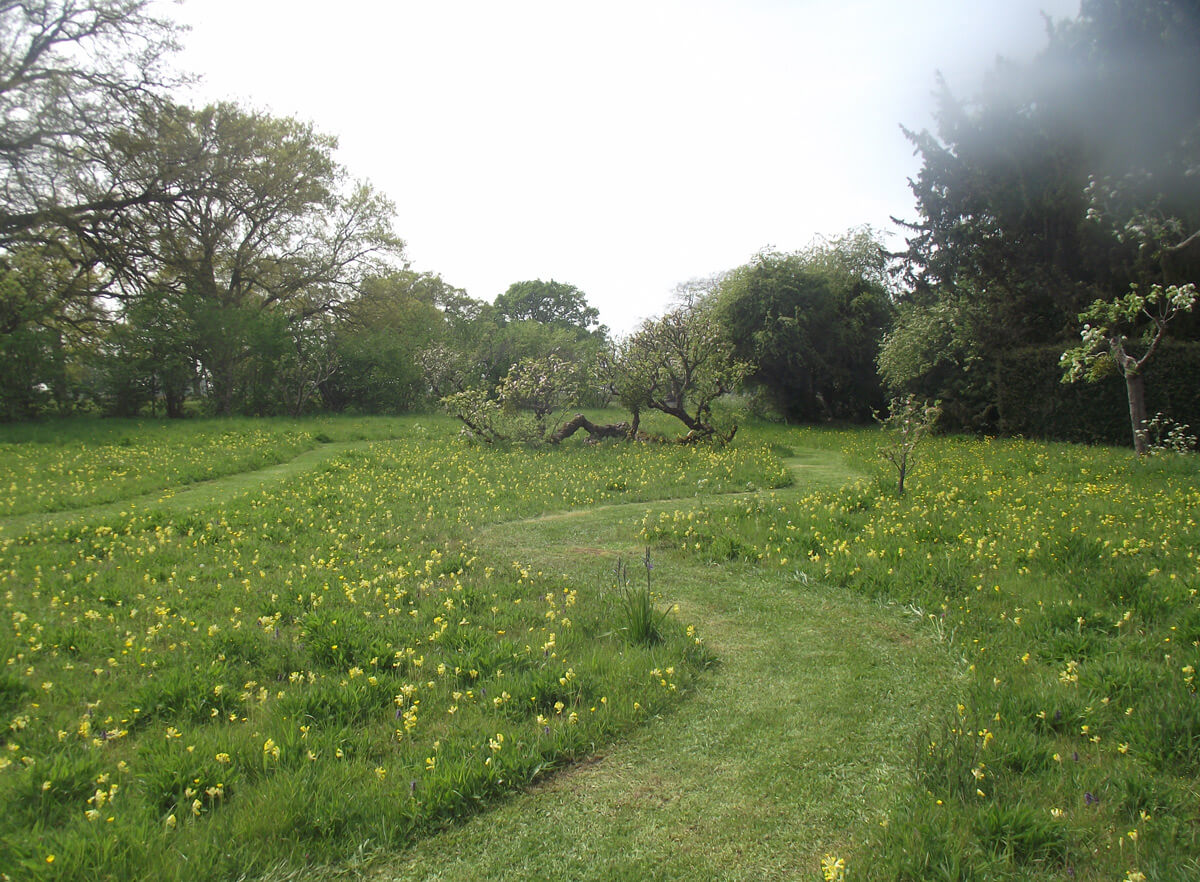

Plant Care & Gardening Tips
How To Treat Grass In Wildflower Garden
Modified: January 5, 2024
Learn how to care for your wildflower garden and treat grass effectively with expert plant care and gardening tips. Create a thriving garden with our comprehensive advice.
(Many of the links in this article redirect to a specific reviewed product. Your purchase of these products through affiliate links helps to generate commission for Storables.com, at no extra cost. Learn more)
Introduction
Welcome to the enchanting world of wildflower gardens, where nature's artistry unfolds in a vibrant tapestry of colors and textures. Amidst this breathtaking display of floral diversity, grasses play a vital role, offering structural support, textural contrast, and ecological balance. However, managing grass within a wildflower garden requires a delicate touch to maintain harmony and prevent it from overpowering the delicate blooms.
In this guide, we will delve into the art of cultivating and maintaining wildflower gardens, focusing specifically on the management of grass within this unique ecosystem. By understanding the significance of grass, identifying different types of grass commonly found in wildflower gardens, and exploring effective techniques for managing and controlling its growth, you will gain valuable insights into nurturing a flourishing wildflower garden.
Whether you are a seasoned gardener seeking to enhance the allure of your wildflower sanctuary or a novice nature enthusiast eager to embark on this captivating horticultural journey, this comprehensive guide will equip you with the knowledge and techniques needed to foster a harmonious coexistence between grass and wildflowers in your garden.
So, let's embark on this verdant adventure, where the gentle sway of grasses and the vibrant blooms of wildflowers converge to create a mesmerizing symphony of nature's splendor.
Key Takeaways:
- Embrace the natural beauty of wildflower gardens by understanding the vital role of grasses in providing structure, texture, and ecological balance, and learn how to manage them harmoniously with wildflowers.
- Cultivate a captivating and sustainable wildflower garden by employing natural methods and thoughtful practices to control grasses, preserving the vibrant beauty and ecological vitality of both grasses and wildflowers.
Read more: How To Treat Burnt Grass
Understanding the Importance of Grass in Wildflower Gardens
Grasses are not merely the backdrop in a wildflower garden; they are integral components that contribute to the overall aesthetic appeal and ecological balance of the landscape. Understanding the significance of grasses within this ecosystem is essential for cultivating a thriving and visually captivating wildflower garden.
Structural Support: Grasses provide essential structural support, creating a framework that complements the delicate forms of wildflowers. Their upright growth habit and graceful sway in the breeze add a sense of rhythm and movement to the garden, enhancing its visual appeal.
Textural Contrast: The varied textures of grass blades, ranging from fine and feathery to coarse and robust, create a captivating contrast against the soft petals and foliage of wildflowers. This interplay of textures adds depth and visual interest to the garden, elevating its overall aesthetic charm.
Erosion Control: The extensive root systems of grasses help stabilize the soil, preventing erosion and promoting the overall health of the garden ecosystem. This is particularly crucial in sloped or undulating landscapes where wildflower gardens often thrive.
Ecological Balance: Grasses contribute to the ecological balance of the garden by providing shelter and foraging opportunities for a diverse array of wildlife, including insects, birds, and small mammals. They create microhabitats that support the intricate web of life within the garden, fostering biodiversity and ecological resilience.
By recognizing the multifaceted role of grasses in wildflower gardens, you can appreciate their intrinsic value and the need to manage them thoughtfully to maintain a harmonious coexistence with the wildflowers. In the subsequent sections, we will explore techniques for managing and controlling grass within the wildflower garden, ensuring that it enhances the overall beauty and ecological vitality of this captivating landscape.
Identifying Different Types of Grass in Wildflower Gardens
Before delving into the management and control of grasses within wildflower gardens, it is essential to familiarize yourself with the diverse array of grass species that may inhabit this enchanting landscape. Understanding the characteristics and growth habits of these grasses will enable you to make informed decisions regarding their maintenance and integration within the garden.
Native Grasses: Many wildflower gardens feature native grass species that have evolved to thrive in specific regional climates and soil conditions. These may include iconic grasses such as switchgrass (Panicum virgatum), little bluestem (Schizachyrium scoparium), and prairie dropseed (Sporobolus heterolepis). Native grasses not only contribute to the authenticity of the garden’s ecological composition but also provide essential habitat and food sources for local wildlife.
Introduced Grasses: In some cases, non-native or introduced grass species may establish themselves within wildflower gardens. These species, such as various types of fescue (Festuca spp.) or brome grasses (Bromus spp.), can compete with native flora and disrupt the ecological balance of the garden. Identifying and managing introduced grasses is crucial to preserving the integrity of the garden’s native plant communities.
Grass Growth Habits: Grasses exhibit diverse growth habits, ranging from clumping forms to spreading runners or rhizomes. Understanding the growth habits of specific grass species is essential for implementing targeted management strategies. For example, clumping grasses may require periodic division to prevent overcrowding, while grasses with aggressive spreading tendencies may necessitate containment measures to prevent them from encroaching on wildflower beds.
Grass Identification Resources: Utilize reputable botanical references, field guides, and online resources to aid in the identification of grass species within your wildflower garden. Pay attention to distinctive features such as leaf shape, blade texture, inflorescence structure, and growth habits to accurately discern between different grass species.
By familiarizing yourself with the diverse array of grasses that may inhabit your wildflower garden, you can develop a nuanced approach to their management, ensuring that they complement and enhance the overall beauty and ecological vitality of this captivating landscape.
Techniques for Managing Grass in Wildflower Gardens
Managing grass within a wildflower garden involves a combination of proactive cultivation, strategic maintenance, and thoughtful integration to achieve a harmonious balance between grasses and wildflowers. By employing a range of techniques tailored to the specific needs of the garden, you can nurture a thriving ecosystem where both grasses and wildflowers flourish in concert.
Strategic Planting and Zoning: When establishing or expanding a wildflower garden, carefully consider the placement of grass species in relation to wildflower beds. Designate distinct zones for grasses, allowing them to fulfill their structural and ecological roles without encroaching on the growing spaces of wildflowers. This deliberate zoning facilitates easier maintenance and prevents the unchecked spread of grasses into flower-rich areas.
Regular Division and Thinning: For clumping grasses, periodic division and thinning help prevent overcrowding and maintain the vigor of individual plants. By dividing mature clumps into smaller sections and removing excess growth, you can control the spread of grasses and create space for the flourishing of wildflowers. This practice also rejuvenates the grasses, promoting healthy growth and longevity.
Edging and Containment: Implement physical barriers or edging materials to contain the spread of grasses with aggressive growth habits. This can involve installing underground barriers to restrict the rhizomatous expansion of certain grass species or using decorative edging to delineate boundaries between grassy areas and wildflower beds. Thoughtful containment measures prevent the unchecked proliferation of grasses while maintaining a cohesive garden aesthetic.
Mulching and Weed Suppression: Apply organic mulches, such as shredded bark or straw, to suppress grass growth within wildflower beds. Mulching not only inhibits the emergence of grasses but also retains soil moisture, regulates temperature, and enriches the soil as it decomposes. This natural approach to weed suppression fosters a healthy environment for wildflowers while discouraging the encroachment of grasses.
Selective Pruning and Trimming: Engage in selective pruning and trimming of grasses to maintain their aesthetic appeal and prevent overshadowing of wildflowers. By removing spent flower stalks, dead foliage, or excessively tall growth, you can promote a balanced visual composition and prevent the domination of grasses within the garden landscape.
By implementing these tailored techniques for managing grass within wildflower gardens, you can cultivate a captivating and sustainable ecosystem where the inherent beauty of both grasses and wildflowers harmoniously unfolds, creating a tapestry of natural splendor.
Consider hand-pulling grass from wildflower gardens to avoid harming the delicate wildflowers. Use a trowel to carefully remove grass roots.
Natural Methods for Controlling Grass in Wildflower Gardens
Embracing natural methods for controlling grass within wildflower gardens aligns with the ethos of sustainable and ecologically conscious horticulture. By harnessing the inherent resilience and adaptability of the garden’s ecosystem, you can mitigate the encroachment of grasses while nurturing the flourishing of wildflowers. These natural methods offer effective and environmentally friendly strategies for harmonizing the coexistence of grasses and wildflowers.
Competition Through Plant Selection: Introduce vigorous and densely growing wildflower species that naturally outcompete grasses for resources such as light, water, and nutrients. Selecting wildflowers with robust root systems and expansive foliage creates a natural barrier to the encroachment of grasses, fostering a dynamic equilibrium within the garden’s plant community.
Encouraging Beneficial Microorganisms: Foster a healthy soil ecosystem by incorporating organic matter, such as compost and well-decomposed mulch, to promote the proliferation of beneficial soil microorganisms. These microorganisms contribute to soil structure and nutrient cycling, creating an environment that favors the growth and resilience of wildflowers while potentially suppressing the expansion of grasses.
Optimizing Growing Conditions for Wildflowers: Tailor soil amendments and irrigation practices to favor the optimal growth of wildflowers, creating conditions that are less conducive to the vigorous proliferation of grasses. By understanding the specific needs of wildflower species and providing an environment that supports their vitality, you can naturally limit the dominance of grasses within the garden landscape.
Manual Removal and Vigilant Monitoring: Regularly inspect the garden for the emergence of grasses within wildflower beds and promptly remove them by hand, ensuring that their encroachment is mitigated before they establish a foothold. This vigilant monitoring and manual removal approach prevent the need for chemical interventions while preserving the integrity of the garden’s natural balance.
Promoting Biodiversity and Ecological Resilience: Cultivate a diverse array of wildflowers that collectively contribute to the ecological resilience of the garden. A rich tapestry of plant species creates a complex and dynamic ecosystem where the interplay of competition, mutualism, and ecological balance naturally regulates the presence and spread of grasses, fostering a harmonious coexistence within the garden.
By embracing these natural methods for controlling grass within wildflower gardens, you can cultivate a sustainable and biodiverse landscape where the inherent beauty of wildflowers thrives alongside the graceful presence of grasses, creating a captivating tableau of natural splendor.
Read more: How To Treat Grass For Fleas
Using Chemical Methods to Control Grass in Wildflower Gardens
While natural and cultural methods are often preferred for managing grass within wildflower gardens, there are instances where targeted chemical interventions may be necessary to address persistent grass encroachment. It is important to approach the use of chemical methods with caution, adhering to best practices and considering the potential impact on the garden’s ecological balance. When employed judiciously and in accordance with environmental guidelines, chemical methods can provide effective solutions for controlling grasses within the wildflower garden.
Selective Herbicides: Utilize selective herbicides specifically formulated to target grass species while minimizing impact on broadleaf wildflowers. These herbicides contain active ingredients that disrupt the growth and development of grasses, offering a targeted approach to controlling their presence within the garden. It is crucial to carefully follow application instructions and consider the potential effects on non-target plant species.
Pre-Emergent Herbicides: Apply pre-emergent herbicides to prevent the germination and establishment of grass seeds within wildflower beds. These herbicides create a barrier in the soil that inhibits the growth of grass seedlings while allowing established wildflowers to thrive. Careful consideration of the timing and application rates is essential to maximize efficacy while minimizing potential impacts on the garden ecosystem.
Spot Treatment: Implement spot treatment techniques to selectively address localized areas of grass encroachment within the wildflower garden. This targeted approach minimizes the overall use of chemicals while effectively managing specific areas where grasses pose a threat to the vitality of wildflowers. Precision in application and careful monitoring of treated areas are essential to minimize unintended effects on non-target plant species.
Integrated Pest Management (IPM) Principles: Integrate chemical methods as part of a comprehensive IPM strategy that prioritizes cultural, biological, and mechanical approaches to pest and weed control. By utilizing chemical interventions as a component of a holistic management approach, you can minimize reliance on synthetic chemicals while optimizing their effectiveness within the context of the garden’s ecological balance.
Environmental Considerations: Prioritize environmental stewardship and consider the potential impacts of chemical methods on pollinators, beneficial insects, and the overall garden ecosystem. Select products with low environmental persistence and minimal off-target effects to minimize unintended consequences while addressing specific grass management needs within the wildflower garden.
When considering the use of chemical methods to control grass in wildflower gardens, it is essential to approach these interventions with a nuanced understanding of their potential impacts and a commitment to responsible stewardship of the garden’s ecological integrity. By integrating chemical methods judiciously and in conjunction with other management strategies, you can effectively address grass encroachment while preserving the vibrancy and diversity of the wildflower garden.
Maintaining a Healthy Balance between Grass and Wildflowers in Your Garden
Creating and sustaining a harmonious equilibrium between grasses and wildflowers is essential for nurturing a captivating and ecologically vibrant garden landscape. By implementing thoughtful practices and embracing a holistic approach to garden management, you can cultivate a dynamic interplay between these essential components, fostering a thriving ecosystem that celebrates the beauty of both grasses and wildflowers.
Ecological Diversity and Resilience: Cultivate a diverse array of wildflowers and grass species, creating a rich tapestry of plant life that contributes to the ecological resilience of the garden. A varied plant community fosters a dynamic balance where the interplay of different species naturally regulates the presence and growth of grasses, promoting a sustainable and biodiverse landscape.
Strategic Planting and Design: Thoughtfully design the layout of your garden, considering the placement of grasses and wildflowers to maximize their visual impact and ecological functionality. Incorporate distinct zones for grasses and wildflowers, allowing each to flourish within designated areas while maintaining a balanced coexistence that enhances the overall aesthetic and ecological value of the garden.
Regular Monitoring and Maintenance: Engage in vigilant monitoring to identify and address any imbalances or encroachments within the garden. Regular maintenance practices, such as weeding, pruning, and division, enable you to proactively manage the growth of grasses and wildflowers, preserving their respective roles and preventing one from overshadowing the other.
Adaptive Management Practices: Embrace adaptive management principles that allow you to respond to the evolving dynamics of the garden ecosystem. Flexibility in your approach to garden care enables you to adjust planting densities, implement targeted interventions, and refine management strategies based on the changing needs and interactions of grasses and wildflowers within the garden.
Education and Community Engagement: Share your knowledge and passion for wildflower gardens with others, fostering a community of garden enthusiasts who appreciate the delicate balance between grasses and wildflowers. By educating and engaging with fellow gardeners, you can promote a collective commitment to preserving the integrity and beauty of wildflower ecosystems.
Seasonal Considerations and Adaptation: Recognize the seasonal dynamics of grass and wildflower growth, adapting your management practices to accommodate their natural cycles. Understanding the seasonal behavior of plant species allows you to implement targeted maintenance and conservation efforts that support a healthy balance and promote the enduring splendor of the garden throughout the year.
By embracing these holistic practices and principles, you can cultivate a wildflower garden that embodies the exquisite harmony between grasses and wildflowers, creating a captivating and sustainable landscape that celebrates the inherent beauty and ecological vitality of these essential garden elements.
Conclusion
Cultivating a wildflower garden is a journey that intertwines the artistry of nature with the stewardship of the land. Within this captivating tapestry of floral diversity, the presence of grasses adds depth, structure, and ecological richness, enriching the garden’s allure and contributing to its dynamic balance. As you embark on the endeavor of nurturing a wildflower garden, it is essential to approach the management of grasses with a blend of reverence for their intrinsic value and a commitment to preserving the vibrancy of wildflowers.
Understanding the importance of grasses as contributors to the garden’s structural integrity, textural contrast, and ecological balance lays the foundation for a nuanced approach to their management. By identifying the diverse array of grass species that may inhabit the garden and familiarizing yourself with their growth habits, you can make informed decisions that promote a harmonious coexistence between grasses and wildflowers.
Employing techniques for managing grass within wildflower gardens, whether through strategic planting, natural methods, or targeted interventions, allows you to nurture a thriving ecosystem where both grasses and wildflowers flourish in concert. Embracing natural and cultural methods for controlling grasses aligns with the ethos of sustainable horticulture, fostering a biodiverse landscape where the inherent beauty of wildflowers thrives alongside the graceful presence of grasses.
When considering the potential use of chemical methods, it is essential to approach these interventions with a nuanced understanding of their impacts and a commitment to responsible stewardship of the garden’s ecological integrity. Integrating chemical methods judiciously and in conjunction with other management strategies can effectively address grass encroachment while preserving the vibrancy and diversity of the wildflower garden.
Maintaining a healthy balance between grasses and wildflowers requires thoughtful practices, adaptive management, and a commitment to ecological diversity. By embracing these holistic principles, you can cultivate a wildflower garden that embodies the exquisite harmony between grasses and wildflowers, creating a captivating and sustainable landscape that celebrates the inherent beauty and ecological vitality of these essential garden elements.
As you tend to your wildflower garden, may the gentle sway of grasses and the vibrant blooms of wildflowers converge to create a mesmerizing symphony of nature’s splendor, inspiring awe and appreciation for the intricate dance of life within this enchanting sanctuary.
Frequently Asked Questions about How To Treat Grass In Wildflower Garden
Was this page helpful?
At Storables.com, we guarantee accurate and reliable information. Our content, validated by Expert Board Contributors, is crafted following stringent Editorial Policies. We're committed to providing you with well-researched, expert-backed insights for all your informational needs.
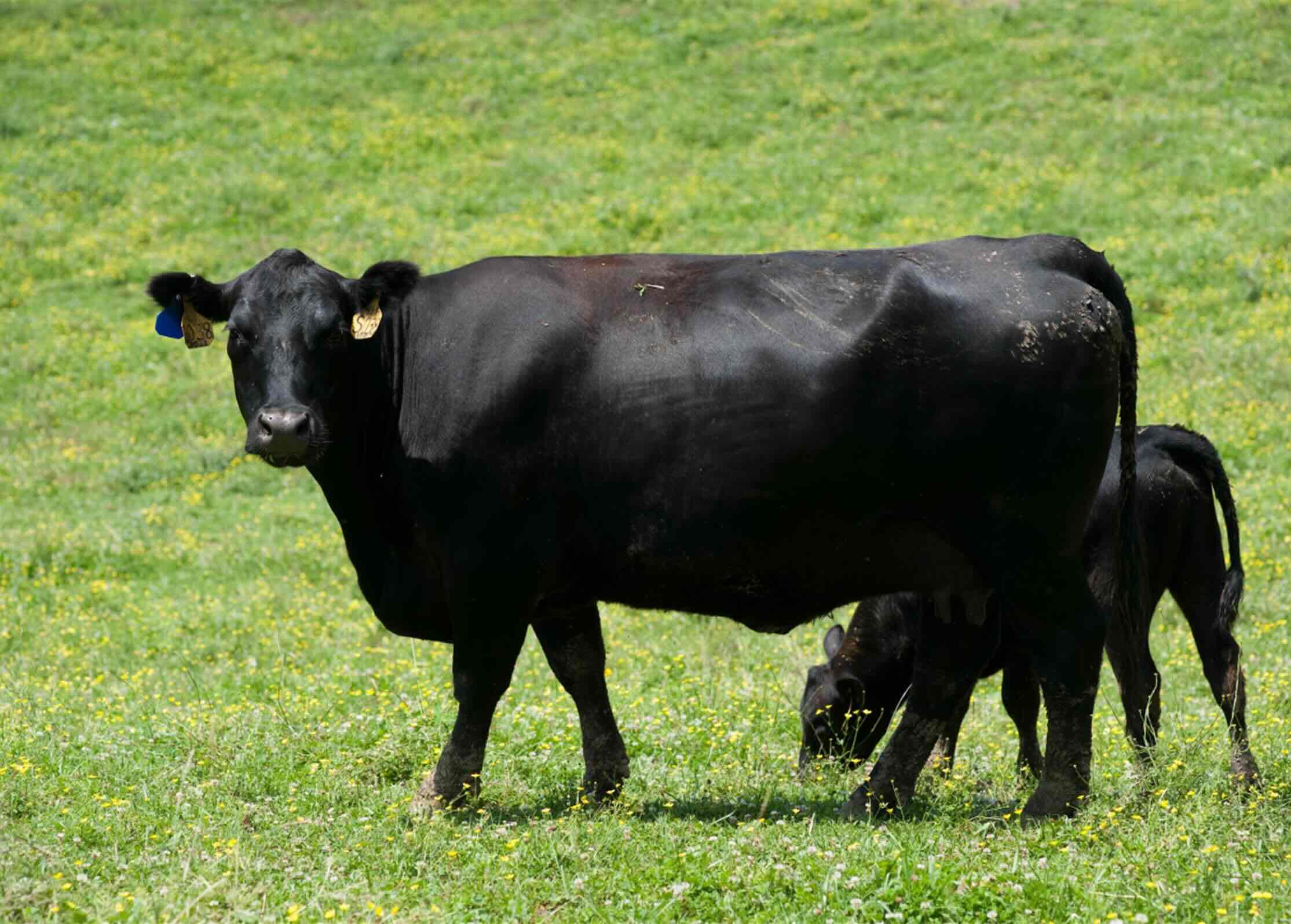

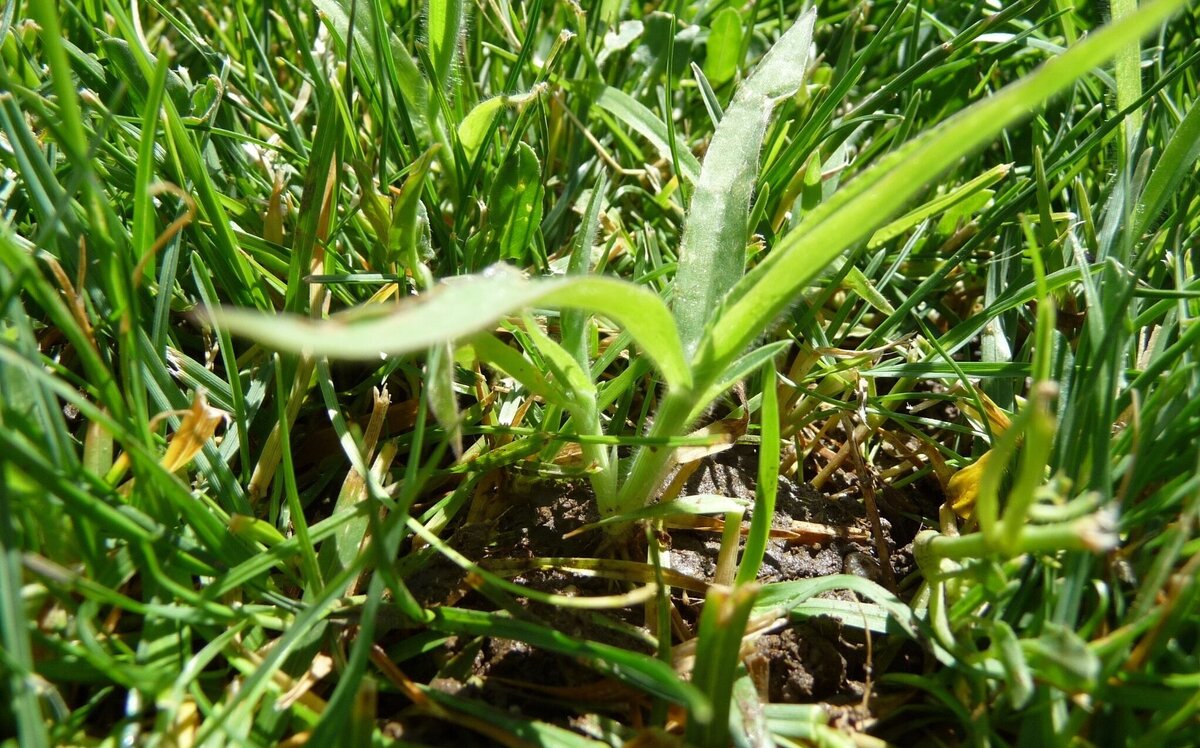
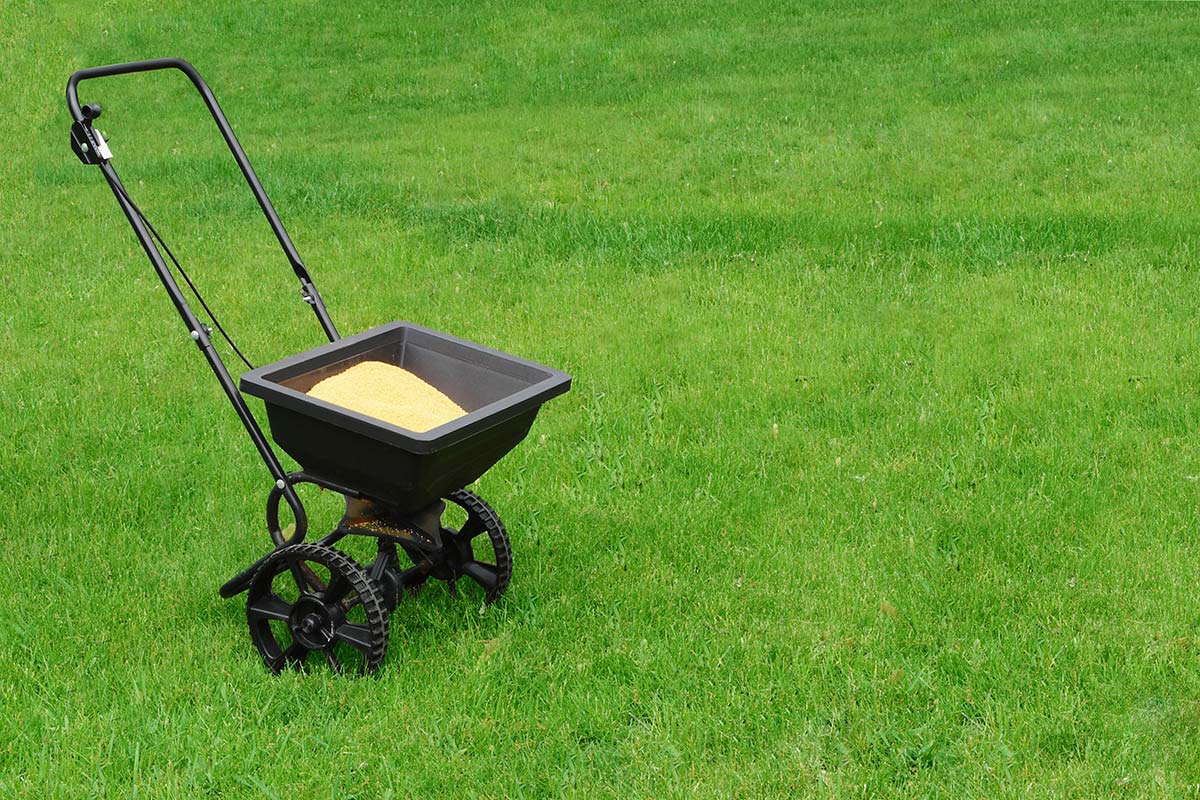
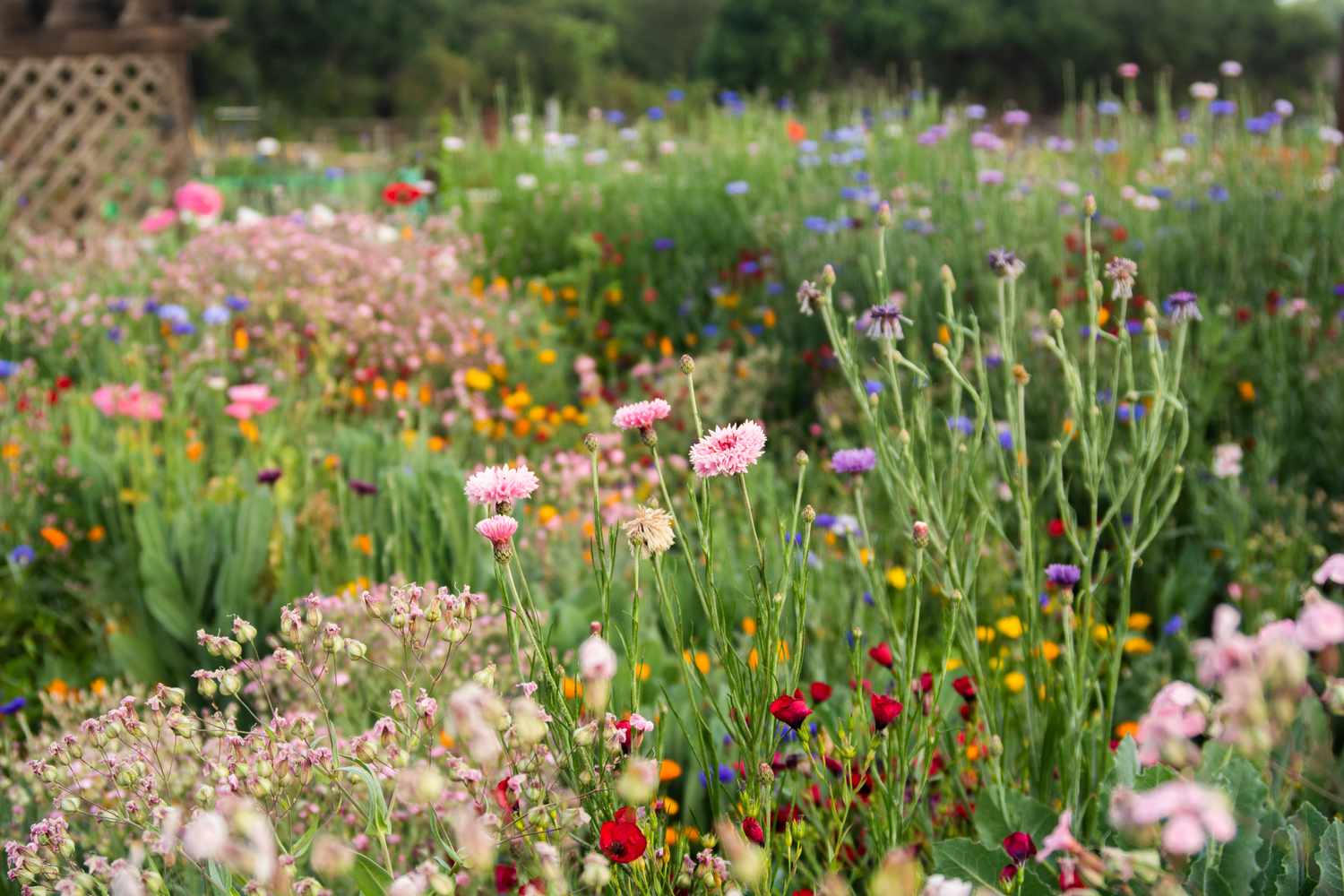
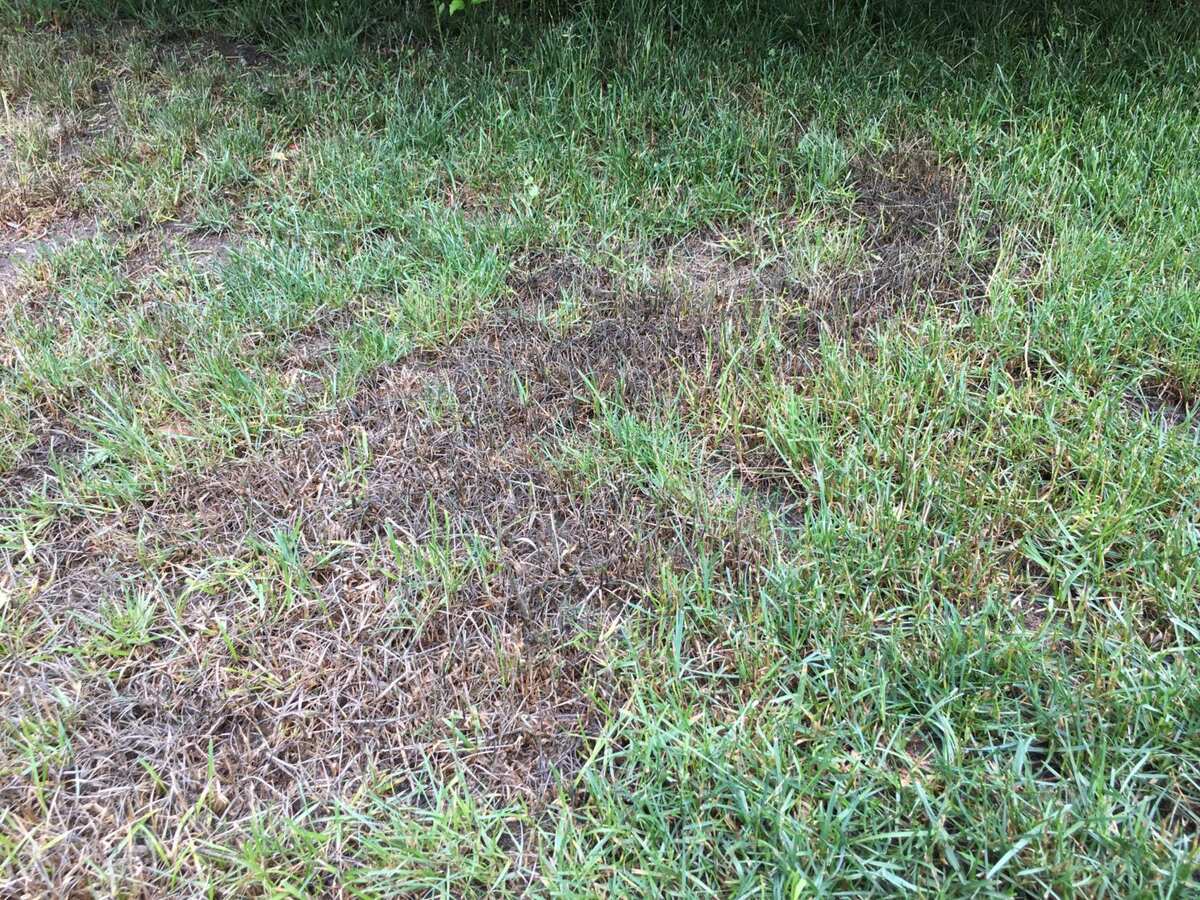
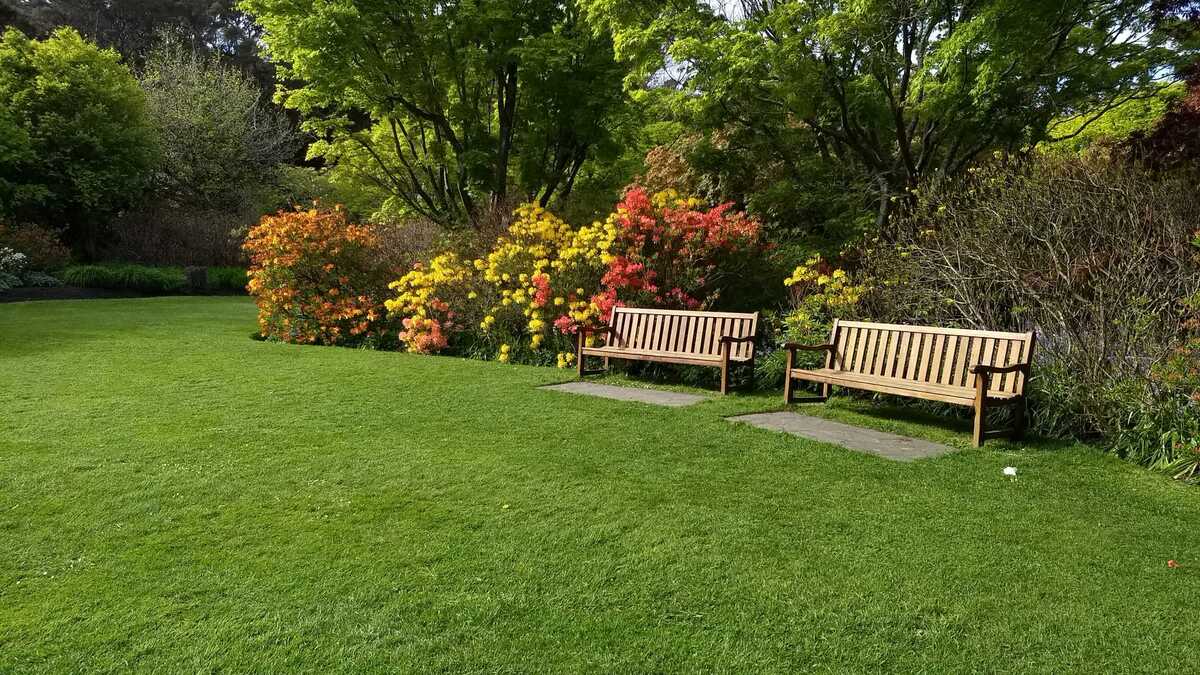
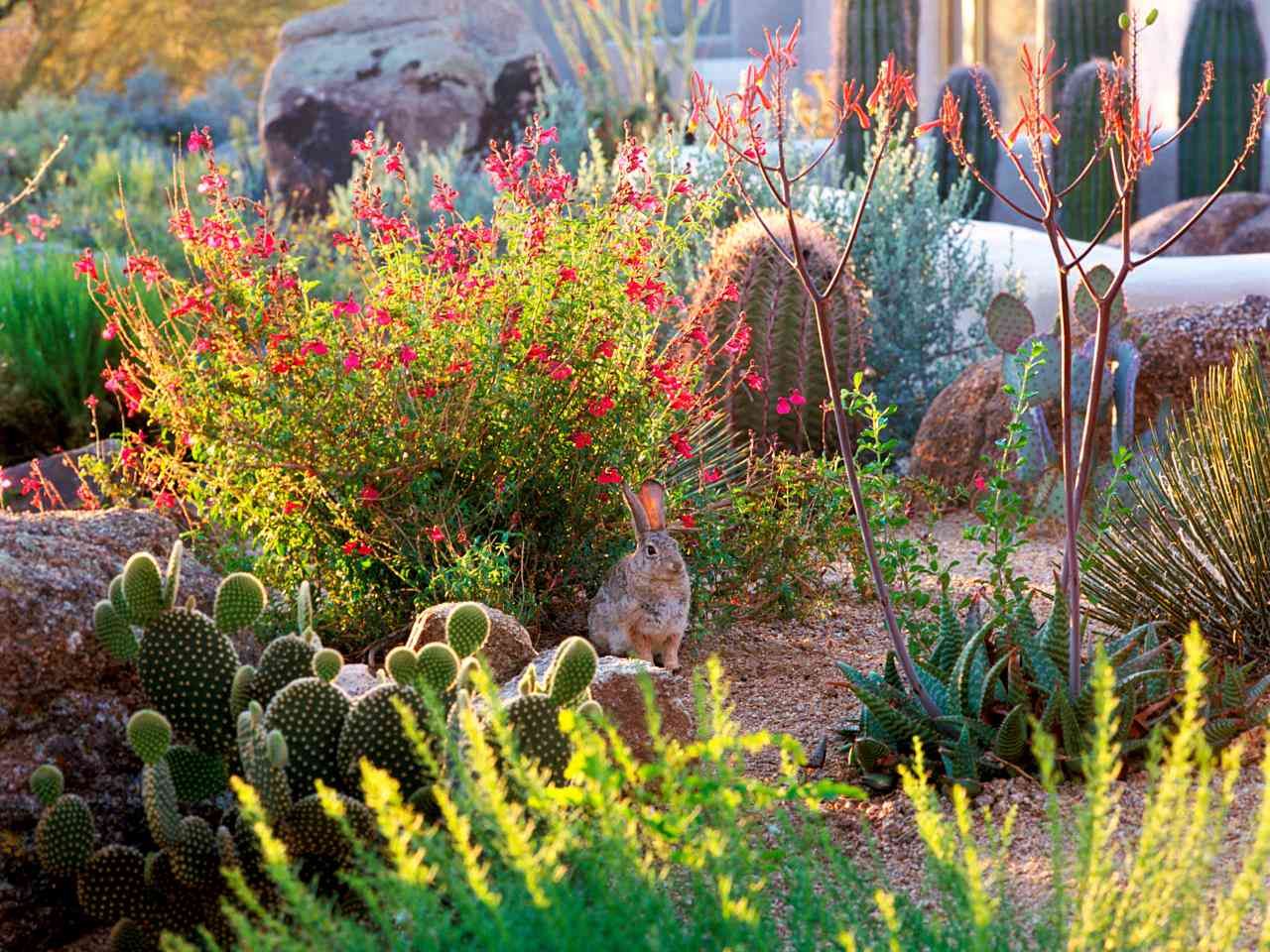
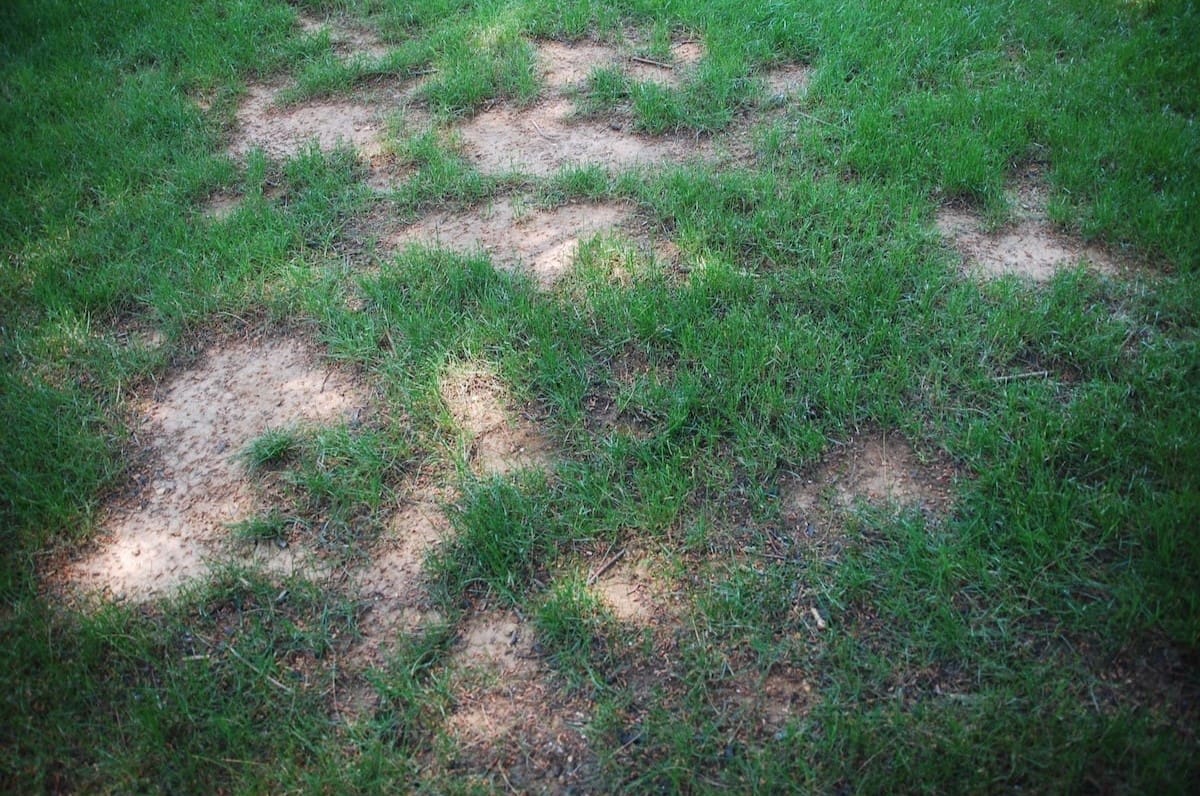
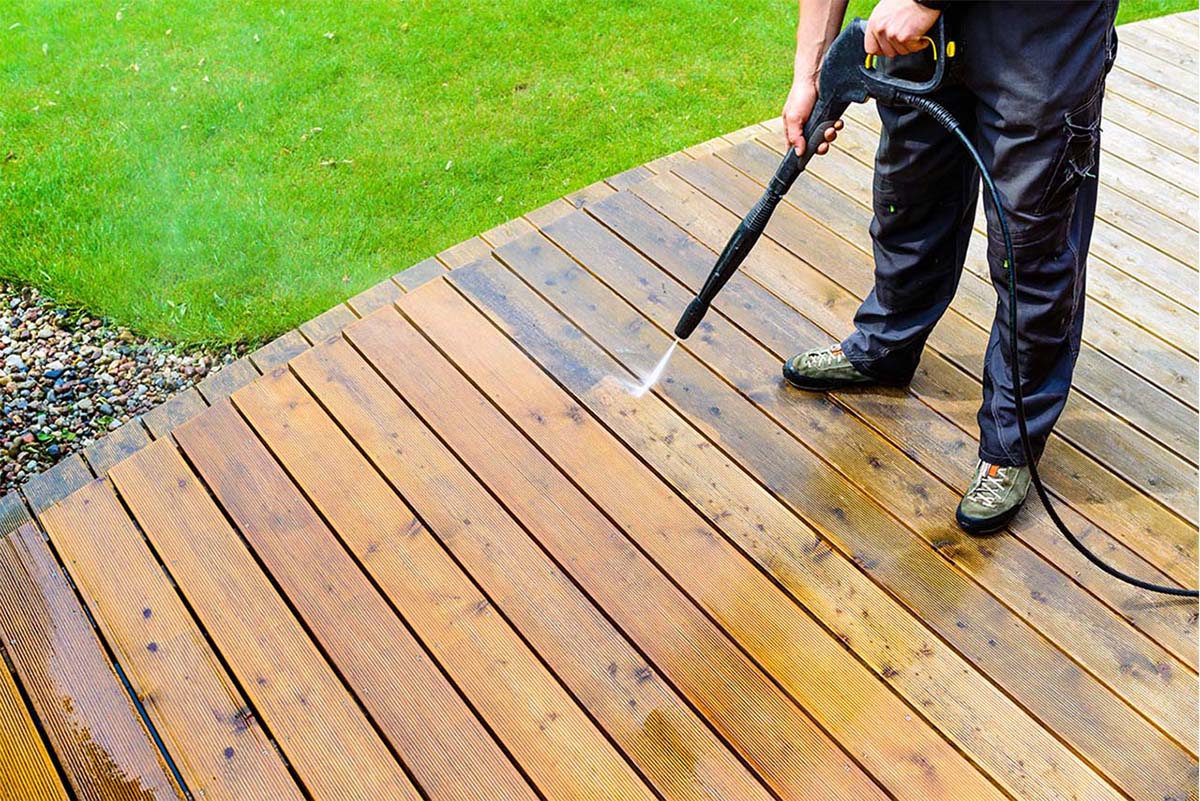

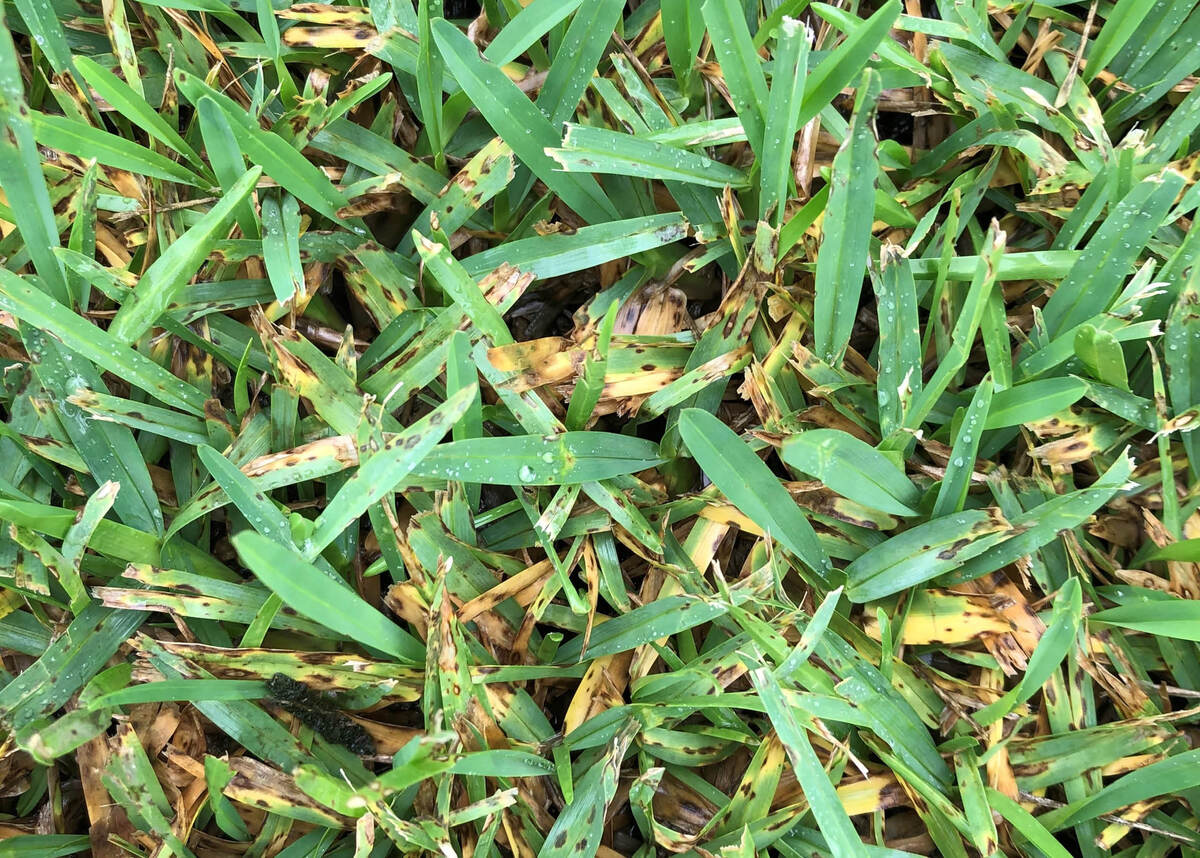
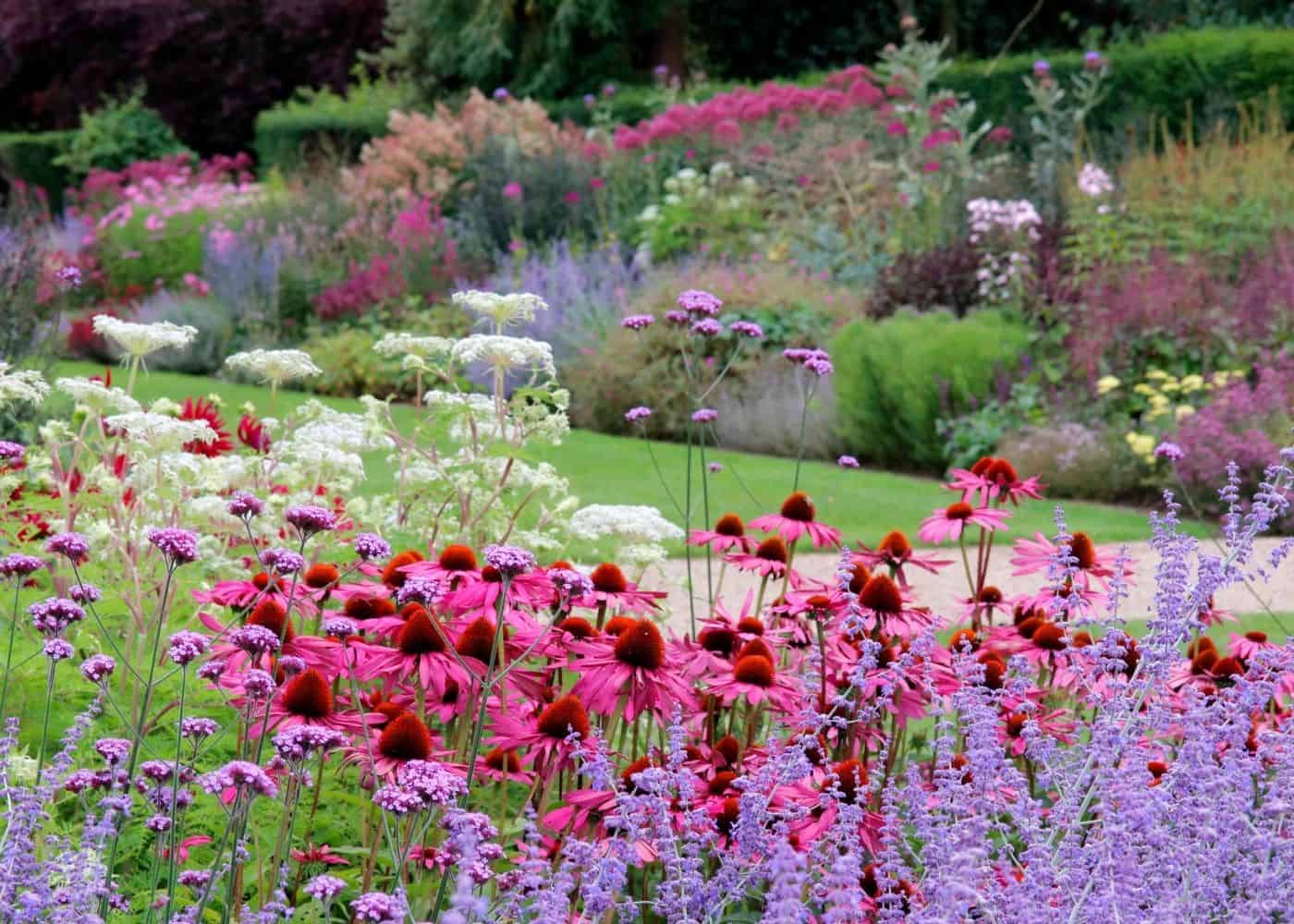
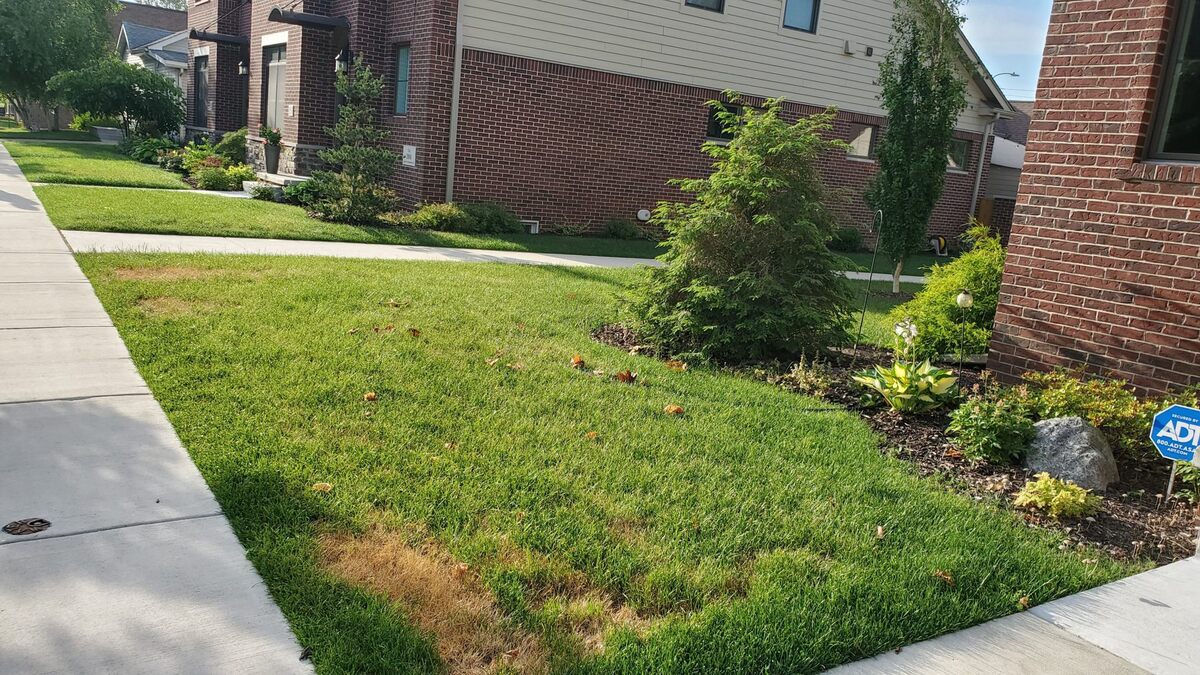

0 thoughts on “How To Treat Grass In Wildflower Garden”